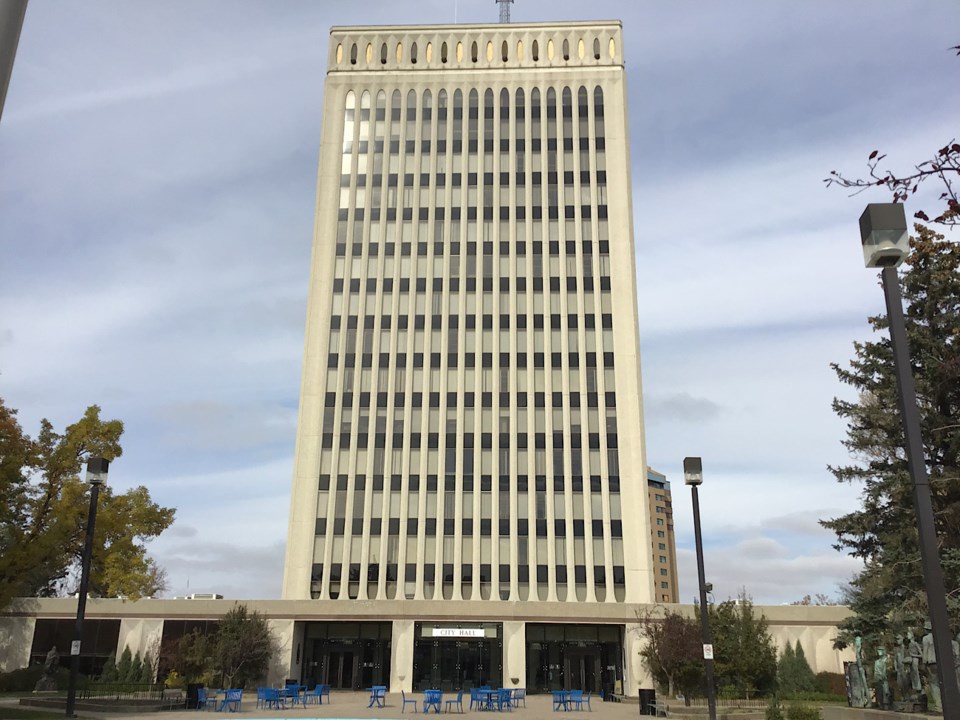REGINA - Executive Committee in Regina heard an update at City Hall Wednesday on the 2024 budget, and council got a preliminary indication on what the tax increase for residents might be.
Administration is currently proposing a 5.29 per cent mill rate increase for 2024. This number is considered a starting point for the 2024 budget process and is by no means a final number.
Last year, Regina’s first multiyear budget had projected a 4.66 percent mill rate increase for 2024.
But it was noted Wednesday that since that budget was approved, the city had been facing considerable cost pressures.
Administration said the city would be looking at the equivalent of 8.63 per cent mill rate increase just to deliver on the 2024 budget that was submitted last year, as well as address the cost pressures.
Recognizing that would too steep, administration is proposing a 5.29 per cent mill rate increase for 2024. But to get there, they are recommending looking at the capital plan budget to reduce the mill rate increase, noting there was very little flexibility on the operating side.
What is being proposed is a $50 million reduction in the capital plan over the next five years, or $10 million per year. The priority would be on maintaining existing assets, and it would mean deferral of several major projects.
Proposed deferrals include the Saskatchewan Drive project by three years to 2027, as well as the work on Scarth St., and the Renewable Regina 2050 facility upgrades program.
While the city is facing cost pressure in maintaining services, it was noted inflation was causing particular pressure on the capital side, with capital related input costs increasing by 30 per cent on such items as cement, sand, gravel clay, and fuel.
There is also a $35 million increase in cost escalations for capital projects from 2024 to 2028, including for the 11th Ave., Scarth Street and Saskatchewan Drive projects.
Examples of what would remain in the capital plan include the work on 11th Ave. and Dewdney Avenue, the new Indoor Aquatic Centre facility, fire stations, the Geothermal Heating Facility, and electrification of the bus fleet, among examples.
Also, for transit it is being proposed that the on-demand service implementation be delayed to 2025 from 2023, and that the city instead advance improved service downtown in September of 2024.
It was also noted that several large projects are not included in the 2024 budget as they do not have a funding source at the moment. Those include the major “catalyst” projects such as modernization of the Central Library and a new Multipurpose Event Centre, as well as the Ring Road rail relocation, among others.
If a 5.29 per cent mill rate increase is approved the average household would see an approximate increase of $10.34 per month for that portion alone. Factoring in a reduction in taxes due to the city moving garbage to a user fee model — a move which reduces the overall property tax increase down to $4.30 — as well the four per cent utility rate increase, the overall household increase would be $19.42 a month.
This is only a proposal from administration at the moment. The next step in the process include "service partner" budget submissions in November, the prepared budget release in mid November, followed by budget deliberation and approval in mid December.
You can no longer count on social media to deliver important news to you. Keep your news a touch away by bookmarking SASKTODAY.ca's homepage at this link.
Subscribe to SASKTODAY.ca newsletter to get our daily news to your inbox.






